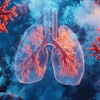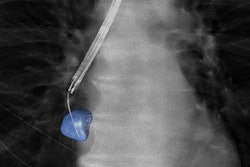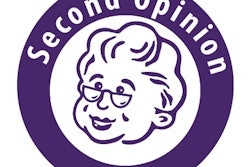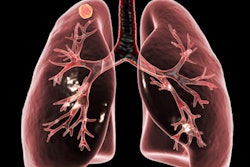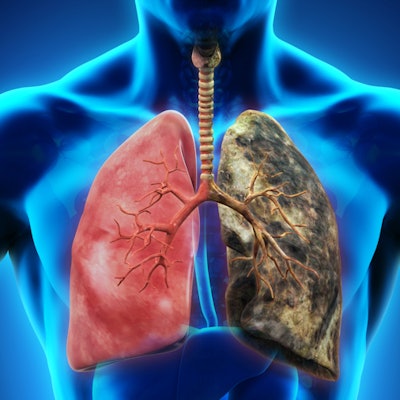
A new study on the rate of complications from CT lung cancer screening exams seems to generate more questions than answers. Researchers found a complication rate of almost 17%, which lands toward the high end of previous studies, according to a research letter published December 16 in JAMA Network Open.
Like any screening procedure, CT lung cancer screening can lead to invasive diagnostic procedures to investigate suspicious nodules. The rate of such invasive procedures -- and complications that may develop from them -- can figure into the complex arithmetic used to determine the risks and benefits of screening exams.
In the case of CT lung cancer screening, data from the National Lung Cancer Screening Trial (NLST) shows a complication rate of 9.4%, while a study published in 2019 in JAMA Internal Medicine found a rate of 22.8%, wrote a team led by Dr. Hui Zhao, PhD, of the University of Texas MD Anderson Cancer Center in Houston. Zhao's group found a rate of 16.6% -- lower than the previous research but still high.
"[The] overall complication rate from [our] updated analysis remained 77% higher than that reported in the NLST," the group wrote. "The higher rate observed among a screening cohort in community settings validates the concern of higher complication rates outside the NLST."
In 2015, the U.S. Centers for Medicare and Medicaid Services (CMS) announced coverage of CT lung cancer screening for beneficiaries between the ages of 55 and 77 who met eligibility criteria; the agency's decision was based in part on results from the NLST, Zhao's team noted.
Since then, researchers have been tracking complication rates of invasive diagnostic procedures for lung abnormalities in patients who have had CT lung cancer screening: a 2019 study found complication rates two times higher than those reported in the NLST (JAMA Internal Medicine, March 2019, Vol.179:3, pp. 324-332). But critics of this study have noted that its estimate of complication rates may not apply to a screening cohort because it used claims data taken from before CT lung screening was covered, according to Zhao's team.
Thus, the investigators sought to investigate current complication rates associated with invasive diagnostic procedures in patients who underwent CT lung cancer screening in community rather than clinical trial settings. They used current procedural terminology (CPT) codes from the IBM MarketScan Research Database to identify patients who had CT screening between February 2015 and June 2017, then had an invasive diagnostic procedure within six months of that screening exam.
Of a total of 18,887 patients, 665 (3.5%) had an invasive diagnostic procedure within six months of CT screening. Invasive diagnostic procedures included cytology or needle biopsy, bronchoscopy, and thoracic surgery.
Zhao's group found that the overall complication rate for these three types of invasive procedures was 16.6% -- less than the 22.8% rate reported in the 2019 JAMA Internal Medicine analysis but higher than the 9.4% rate reported in the NLST.
By type of invasive diagnostic procedure, the group found the following complication rates:
- Bronchoscopy: 20.4%
- Cytology or needle biopsy: 9.2%
- Thoracic surgery: 38.5%
The investigators also found that complications tended to be minor or of intermediate severity, with a 1.7% rate for major complications, a 9.3% rate for intermediate events, and an 11.2% rate for minor issues.
The fact that the complication rate Zhao's group found is still high suggests that more work is needed to understand the actual complication rate from CT lung cancer screening, according to the investigators.
"As policymakers develop strategies to improve lung cancer screening rates in communities, our study highlights the importance of minimizing potential harms of screening by using shared decision-making and ensuring adherence to clinical guidelines for evaluation and management of screening-detected lung abnormalities," they concluded.





